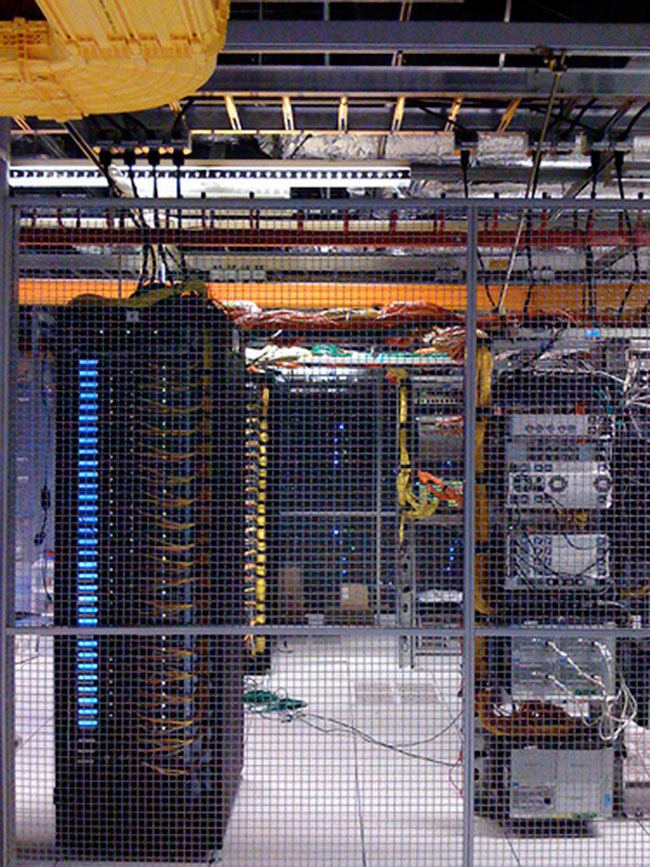If there’s one term that’s really getting a workout these days, it’s “Big Data”. Everywhere you turn, across a vast spectrum of industries and organizations, Big Data always pops up. And why not? Everything about Big Data is, well, big. Whether it’s the amount of information provided, the variety of sources that information comes from, or the speed at which it’s delivered, it’s all big.
And as if Big Data wasn’t big enough, the rise of the Internet of Things means that it’s going to get even bigger. It’s truly mind-boggling.

Big Data is all well and good, but if you don’t have the infrastructure to handle it, it’s not going to do you any good.
However, what seems to get lost in the hullabaloo about Big Data is the question of exactly how is this concept being managed by the average company? After all, that huge amount of information needs to be stored, processed, and analyzed somewhere, somehow! Is there sufficient infrastructure in place to handle it? After all, according to the article “Is Your Infrastructure Preventing You From Maximizing The Potential Of Your Big Data?”, a recent survey of 200 CIOs from the UK revealed that 60% of them point to a lack of data center infrastructure to adequately handle Big Data.
We’re about to take a look at those three aspects: storage, processing, and analytics, and see how infrastructure impacts them in regards to Big Data.
Storage
It’s becoming increasingly difficult for today’s systems to keep pace with the influx of Big Data. With inadequate storage comes inadequate access to that data by the people who need it the most. If the information isn’t readily available, it prevents people from being able to process and analyze it. In other words, all three of the above-mentioned aspects are closely intertwined, and what affects one affects the others, like a chain reaction.
Processing
Look at Big Data information as if it were a big ball of yarn that keeps unraveling. If you don’t have the knitting needles in place to handle it, it’s just spilling all over the floor and useless. Okay, that’s a low-tech example, but the principle is sound. The UK CIO survey cited problems with having enough processing power to not only analyze the data but be able to deliver it in real time to where it will do the most good. All of the data in the world won’t do a business a lick of good if they lack the resources to actually do something with it.
Analytics
We’ve covered the problems with storing data, with processing it into a useful form, and now, finally, how to take that processed data and analyze patterns from it, in order to better make future decisions. Businesses are limited by their infrastructure’s speed, and that can be a major detriment. The whole key to successful analytics is being able to take the most current, up-to-date information and use it to derive trends and patterns from it. Data that’s not delivered in a timely fashion, hampered for instance by inadequate processing speed, is ultimately a waste of time. In other words, when you’re making an analytics stew, you need the freshest ingredients; otherwise you wind up with tasteless slop. Without those timely analytics, intelligent decision making is impossible. Having powerful big data analysis software to hand will make the job easier too – for people who aren’t used to such complex software, companies such as CAMO offer 2-3 day training courses, free webinars and on-site training, which will help businesses improve their understanding of the analytics, and therefore their business infrastructure.
Big Data Is Only As Good As The Infrastructure Supporting It
It all boils down to having the right tools for the job. Any business that wants to take full advantage of Big Data has to have the infrastructure in place to be able to handle it. And as mentioned before, Big Data is only getting bigger. Heed the warning, and do something about it sooner rather than later.
How Infrastructure Impacts Big Data,





